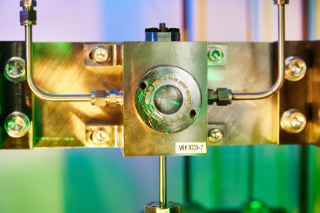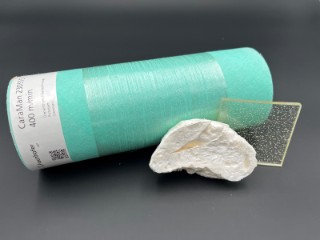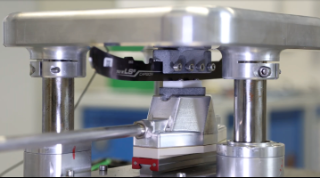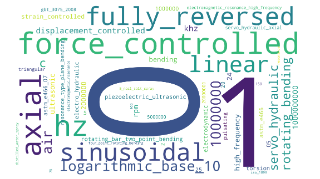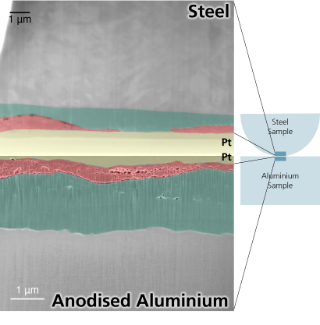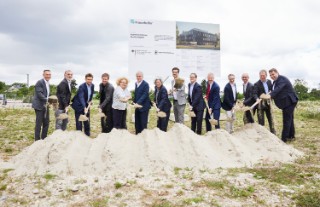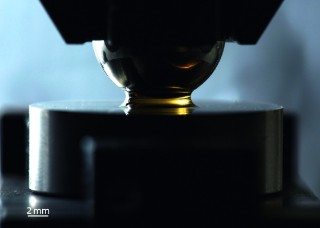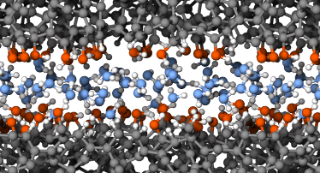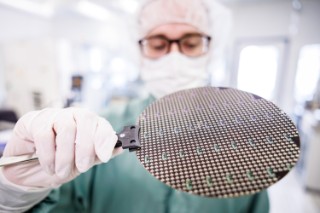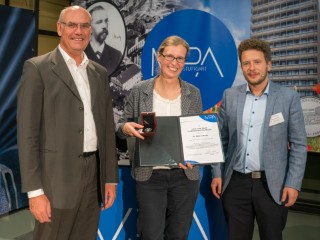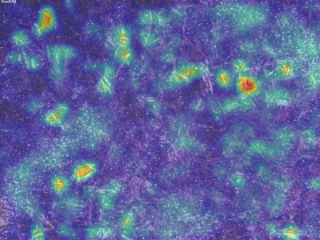Reliable service life prediction for components under pressurized hydrogen
/ 2025
Faster qualification of components in hydrogen applications: Start of a research project by Fraunhofer IWM and the National Institute of Standards and Technology NIST
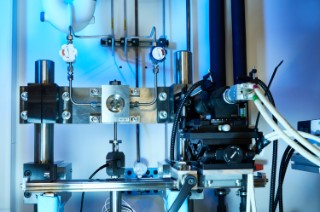
The HyLife project aims to develop a physics-based service life prediction tool for materials in contact with hydrogen. Innovative test methods and materials models will be used to reliably predict the service life of components under the influence of hydrogen, thereby making a decisive contribution to the safe-ty and efficiency of hydrogen infrastructures.
more info Fraunhofer Institute for Mechanics of Materials IWM
Fraunhofer Institute for Mechanics of Materials IWM